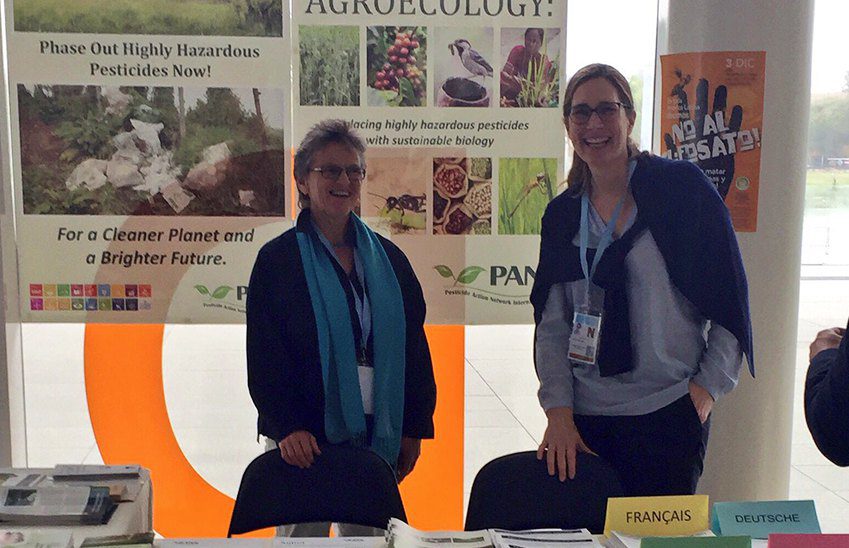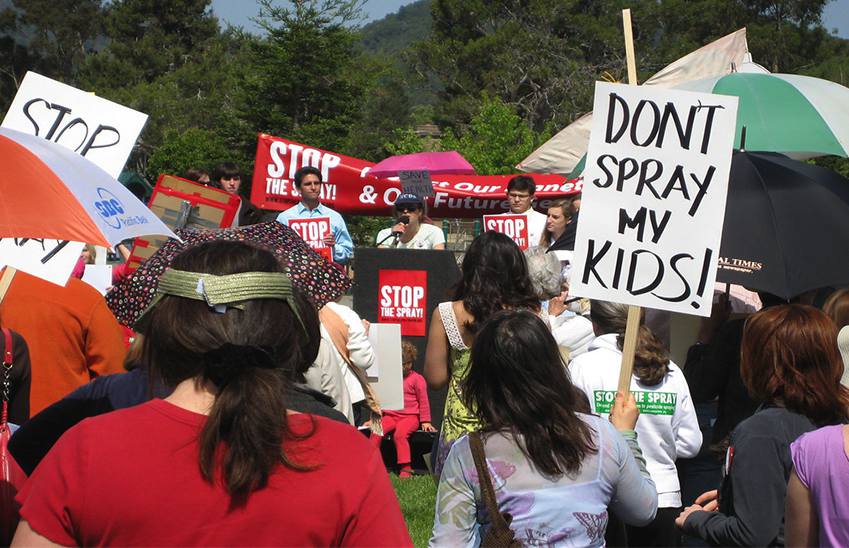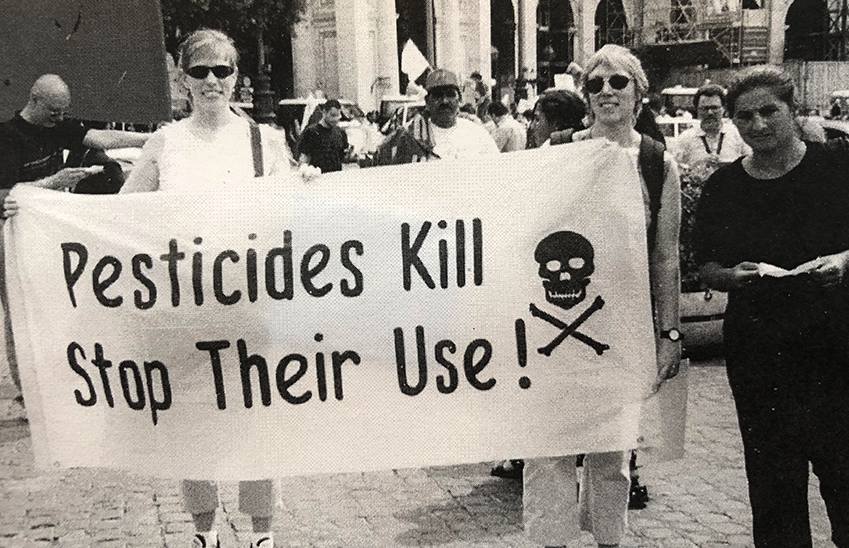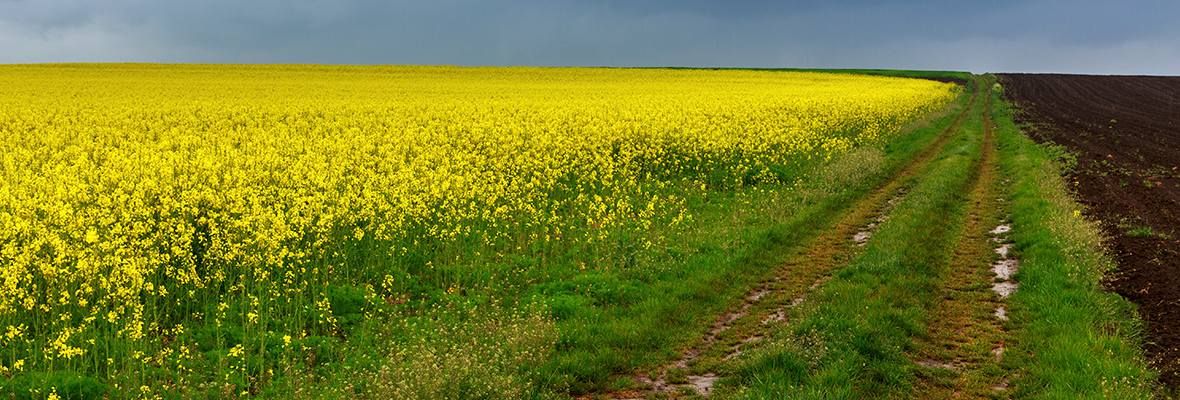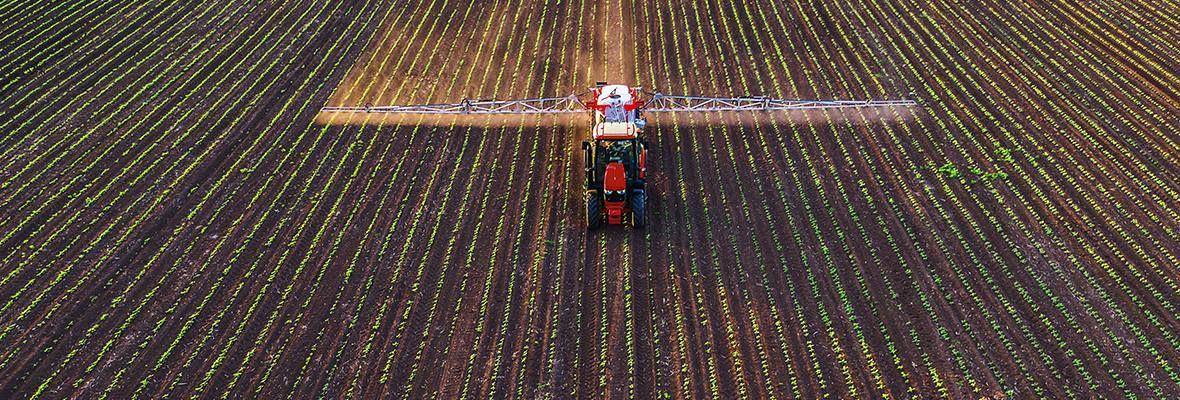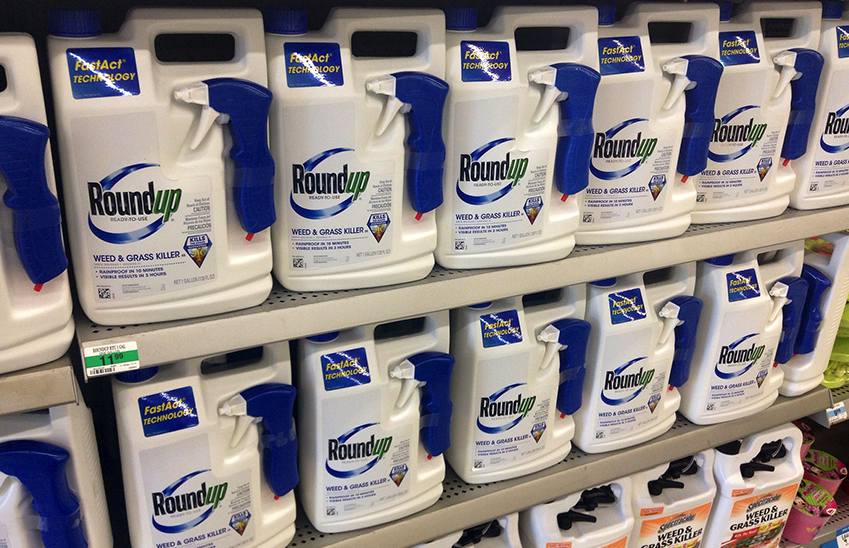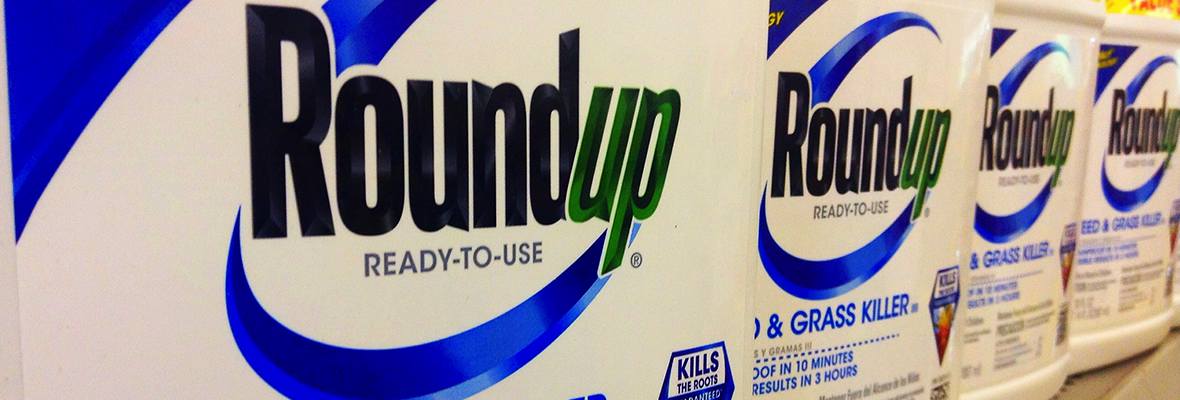Archive
18 Apr Making the case for a global HHPs ban
I spent the first week of April in Montevideo, Uruguay with PAN colleagues from around the world, pressing for global action on hazardous pesticides. This was a meeting of the “Strategic Approach to International Chemicals Management” (SAICM), an arena for international coordination on toxic chemicals which PAN has been engaged in since 2006, when the process was initiated. It’s historically been a challenge to make pesticides a global priority, but thanks to growing public awareness about the harms of pesticides and persistent advocacy by our PAN International network, this finally seems to be changing.
17 Apr 35 Years: Powerful partnerships for food & farm justice
In 1982, the luster of the “Green Revolution” was beginning to fade. The promised increases in yields from “miracle” hybrid grains that required high inputs of water, chemical fertilizers and pesticides had failed to appear. The global pesticide trade, however, was thriving — yielding dramatic profits for chemical corporations as farmers were lured onto a dangerous pesticide treadmill.
28 Mar Sen. Udall, Senate Leaders Introduce Bill to Ban Chlorpyrifos Nationwide
...
28 Mar Monsanto to pay millions in health damages
Several thousand individuals who have been exposed to Monsanto’s (now Bayer) flagship herbicide Roundup and suffered from cancer are in the process of suing the agrichemical giant. This week saw the completion of the second trial, and the second ruling in favor of the plaintiff.
27 Mar A Green New Deal for Food and Farming
To address climate change, we’ve got to end chemical-intensive agriculture. Why?
Because globally, today’s food and agriculture systems are responsible for more climate-change contributing emissions than the world’s cars, trucks, planes, and trains combined. At the same time, we’re confronted with evidence that climate change is unravelling the systems of the natural world that have evolved over millennia to create a habitable planet.
- 1
- 2
- 3
- 4
- 5
- 6
- 7
- 8
- 9
- 10
- 11
- 12
- 13
- 14
- 15
- 16
- 17
- 18
- 19
- 20
- 21
- 22
- 23
- 24
- 25
- 26
- 27
- 28
- 29
- 30
- 31
- 32
- 33
- 34
- 35
- 36
- 37
- 38
- 39
- 40
- 41
- 42
- 43
- 44
- 45
- 46
- 47
- 48
- 49
- 50
- 51
- 52
- 53
- 54
- 55
- 56
- 57
- 58
- 59
- 60
- 61
- 62
- 63
- 64
- 65
- 66
- 67
- 68
- 69
- 70
- 71
- 72
- 73
- 74
- 75
- 76
- 77
- 78
- 79
- 80
- 81
- 82
- 83
- 84
- 85
- 86
- 87
- 88
- 89
- 90
- 91
- 92
- 93
- 94
- 95
- 96
- 97
- 98
- 99
- 100
- 101
- 102
- 103
- 104
- 105
- 106
- 107
- 108
- 109
- 110
- 111
- 112
- 113
- 114
- 115
- 116
- 117
- 118
- 119
- 120
- 121
- 122
- 123
- 124
- 125
- 126
- 127
- 128
- 129
- 130
- 131
- 132
- 133
- 134
- 135
- 136
- 137
- 138
- 139
- 140
- 141
- 142
- 143
- 144
- 145
- 146
- 147
- 148
- 149
- 150
- 151
- 152
- 153
- 154
- 155
- 156
- 157
- 158
- 159
- 160
- 161
- 162
- 163
- 164
- 165
- 166
- 167
- 168
- 169
- 170
- 171
- 172
- 173
- 174
- 175
- 176
- 177
- 178
- 179
- 180
- 181
- 182
- 183
- 184
- 185
- 186
- 187
- 188
- 189
- 190
- 191
- 192
- 193
- 194
- 195
- 196
- 197
- 198
- 199
- 200
- 201
- 202
- 203




